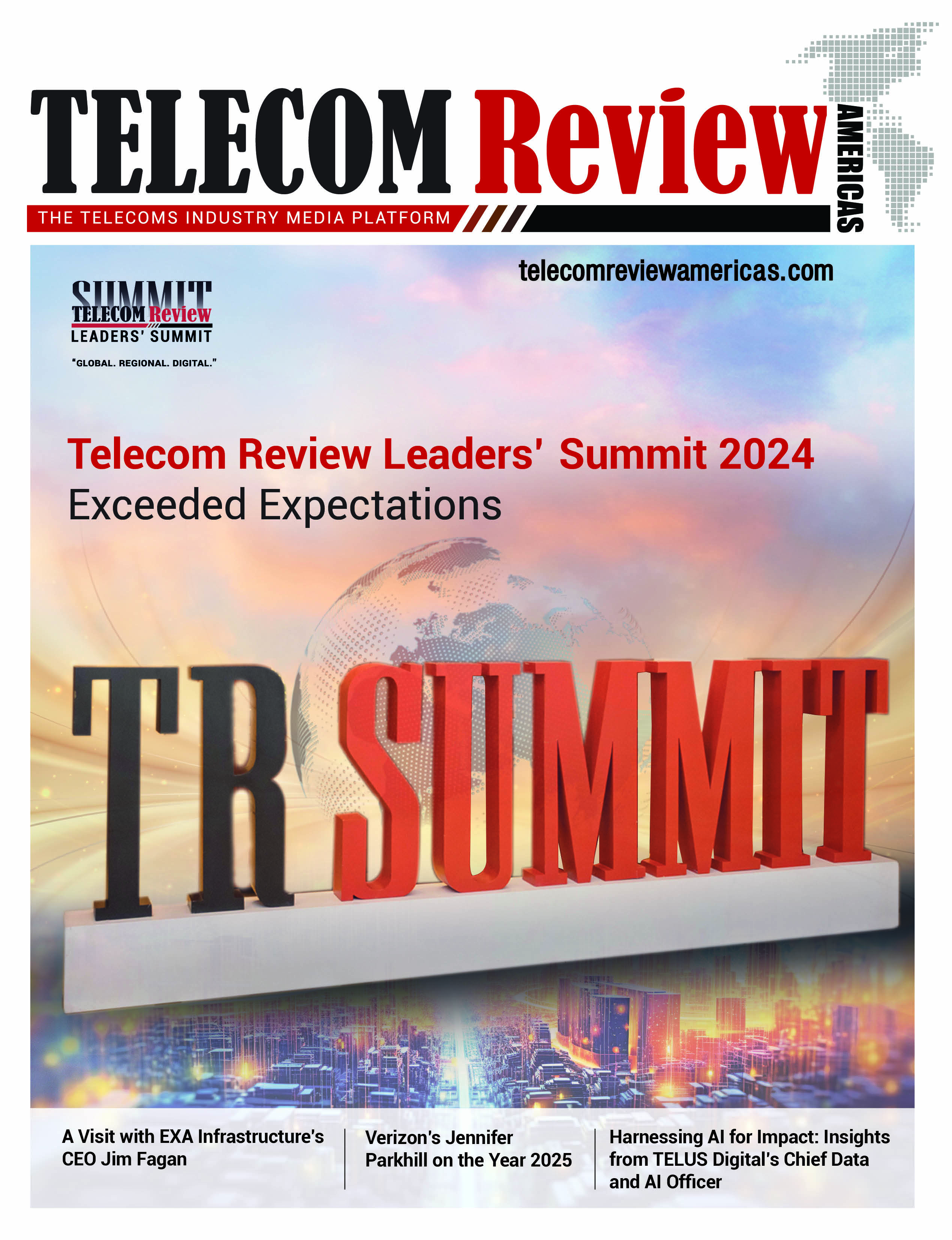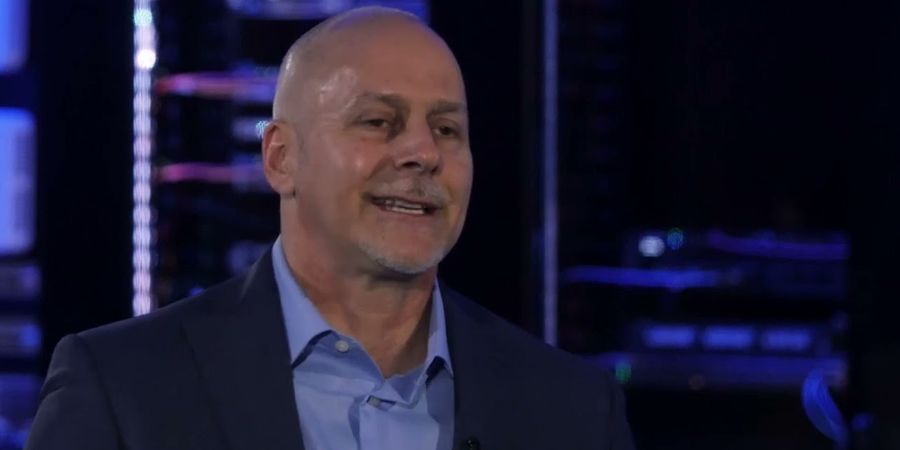Since 2016, Nokia has taken a series of steps to enhance CSP network enterprise operations, including re-architecting its software applications to make them fully cloud-native and deployable in any cloud environment, edge, public or private.
Software is reaching a state where it can be hosted anywhere, as disaggregation from hardware set the stage for software to be completely managed by the software vendor. Cloud and Network Services (CNS) leads Nokia’s software business, with SaaS as one of the key focus areas.
Software as a service (SaaS) is a delivery model in which applications are provided over the cloud as a subscription-based service. Rather than installing and managing software on their own systems, SaaS subscribers access software through a remote cloud network via the Internet or an application programming interface (API). Simply put, with the SaaS model, CSPs are provided access to the software they need instead of buying it outright, typically through a usage-based subscription purchased on a monthly or yearly basis.
Mark Bunn joined Nokia as SVP, SaaS Business Operation in July to oversee this important initiative within CNS. On November 17, 2021, Nokia announced its entry into Software-as-a-Service for CSPs with multiple services in the areas of analytics, security and data management, in an important first step to giving operators a less expensive, more flexible, and more customer-centric pathway for operating their network and delivering new services.
Telecom Review recently had a one-on-one interview with Mark in order to give our audience a better feel for SAAS and Nokia’s implementation of SAAS.
In November of 2021, Nokia announced the introduction of multiple Software-as-a-Service (SaaS) services for communication service providers (CSPs), in an important first step to giving operators a less expensive, more flexible, and more customer-centric pathway for operating their network and delivering new services.
Offering SaaS for CSPs is a natural evolution of Everything-as-a-Service, a key element to Nokia’s overall strategy. It reflects a culmination of steps Nokia has taken in recent years to enhance CSP network operations, including rearchitecting its software applications to make them fully cloud-native and deployable in any cloud environment, edge, public or private.
To seize the 5G opportunity, CSPs need to shift away from the legacy practice of deploying customized software for analytics, security, network management, and other functions, that run on costly, complex, on-premise infrastructure.
To drive that shift, Nokia’s approach to SaaS for CSPs is about improving value and reducing complexity by providing innovative software consumed purely on demand through a subscription, eliminating large up front capital expenditure; by avoiding the need to perform on-site software maintenance and updates; and by accelerating CSPs’ ability to launch new services faster and achieve “time to value” quicker.
As part of the line-up of SaaS services, Nokia Data Marketplace (NDM) is now commercially available through a SaaS framework to give CSPs an easy and secure way to share and access data. NDM was launched “as a service” earlier this year. The new SaaS version of NDM offers enhanced automation, efficiency and scalability to CSPs and enterprises in a variety of industry verticals, including energy, public sector, transportation, and smart cities.
For the 2021-2025 period, Nokia is targeting a SaaS addressable market, comprised of CSPs and enterprises, with a value of $3.1 billion and an annual growth rate of approximately 25-30%. Nokia is in discussions with several CSPs around the world about using its SaaS services, including security.
With 5G opening up many new cyber security risks due to more access points in networks, CSPs require automated security that greatly shrinks threat dwell time (the time it takes to remove a cyber attacker once detected); reduces manual tasks; and shortens response time in order to keep 5G consumer and enterprise services safe. In addition to delivering those benefits, Nokia’s new SaaS-based NetGuard Cybersecurity Dome, to be commercially available in early 2022, enables CSPs to assure 5G networks and monetize security tied with services like 5G slicing.
Nokia Anomaly Detection, a machine learning service aimed at finding and remediating network anomalies before they affect network customers, is another product to be offered through a SaaS model. Based on Nokia Bell Labs technology, Nokia Anomaly Detection helps CSPs improve operational efficiency and will also be commercially available in early 2022.
As it introduces SaaS services in a simplified delivery model, Nokia expects to combine these independent services into three high-value SaaS “suites” focused on Digital Engagement, Marketplaces and Networking, each composed of integrated SaaS services. Some SaaS services within these suites, such as security, will provide value across suite domains.
Leading operators understand SAAS benefits and are waiting for vendors to respond. It is good to see a mainstream vendor like Nokia making an early move into SaaS-based delivery. This will position Nokia well to serve operators that need to accelerate the adoption of new cloud-based technologies at scale, such as 5G, IoT, edge computing and AI. CSPs must transform themselves to capitalize on these technologies, and the switch to SaaS delivery models is a critical component of their digital transformation strategies.”
Network Data
One of the prime ways for digitally lagging industries to achieve their potential SPE gains is through the Internet of Things (IoT). Billions of sensors and devices will be connected by 5G networks. That puts CSPs in a leading position to make use of the huge volume of network data generated to sell valuable insights to their enterprise customers.
Yet collecting and processing data from networks to gain meaningful insights often seems antiquated in today’s cloud-native world. Extracting network data is typically done by probes, which can be costly and intrusive. Networks tend to be at times over-provisioned to handle the traffic from probes. This may even need the focus of an entire CSP department or outsourced teams to manage and monitor probes and monitoring systems.
Furthermore, the implementation of Artificial Intelligence / Machine Learning (AI/ML) to help make sense of all the data seems like an afterthought. Conventionally, CSPs have created their own vertically integrated capabilities, owning the complete value chain from networks to operational / service management to the point of value exchange with their customers. AI/ML capabilities to generate value from insights, while long recognized, are added on top and managed via separate projects and systems. Once again, the concept has its own merits, but has been a costly and cumbersome approach.
5G SA changes all that by implementing a service-based architecture and the road to value creation is not that steep because native AI/ML analytics capabilities fully harness the power of 5G and enable value extraction and creation for multiple vertical use cases.
Advantages of adopting SaaS
Although it may be a departure from the conventional method of purchasing software, the SaaS model — and the cloud-native capabilities at its heart — can provide huge business advantages for communications service providers (CSPs).
By adopting the SaaS business model, CSPs providers have the opportunity to leave behind their traditional way of buying software. By shifting away from an approach focused on upfront capital expenditures (CAPEX) to one that favors on-demand, as-needed access to cloud-native SaaS applications, CSPs benefit from greater flexibility, cost control and the agility to roll out new offerings quickly to meet evolving customer demands.
The CSP demand to improve Time-to-Value for software it uses to manage its business, IT and network will only continue to grow. At the same time, the expectation for lower Total Cost of Ownership will also continue. SaaS provides the right combination of rapid Time-to-Value with on-demand access for mature SaaS applications and low TCO with pay-as-you-grow commercial models. Now, more than before, the technology is available for CSPs to realize this Time-to-Value and Total Cost of Ownership balance.
Disaggregation set the stage for software to be completely managed by the SaaS vendor, improving the Time-to-Value and lowering the Total Cost of Ownership for users of SaaS. CSPs may still depend on location-centric hardware for communications services, but the related software is reaching a state where it can be hosted anywhere.
Is SaaS the same as cloud?
At a high level, SaaS is a type of cloud service model. SaaS solutions reside in cloud environments (which are managed by a dedicated cloud vendor) and are often integrated with other software offerings from the same SaaS solution provider. Well-designed SaaS architecture must be able to scale and accommodate hundreds or even thousands of users who will be accessing the software simultaneously over the cloud or the web.
Compared with the traditional approach of installing and maintaining software on-premises, with the SaaS model telecom companies don't have to worry about adding another server on which to run the software. The SaaS provider takes care of all server capacity planning. Telecom companies only need to enable a new SaaS offering — and they get the flexibility to scale their SaaS use up and down based on specific needs.
In addition, because the software is delivered over cloud-based architecture, telecom companies do not need to download upgrades or reinstall new versions of a product. Any updates or patches to a service are handled by the SaaS provider.
Mark certainly has the right time and right product set to super charge the marketplace!

































